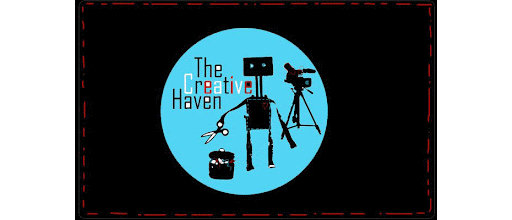Our
MIAF feature today is with
David Pennay talking about his film Remembering Bonegilla.
Remembering Bonegilla will be screening at the Melbourne International Animation Festival on Wednesday 22nd June at 8pm as part of the International Panorama Programs - Panorama #4: Australian.
Can you tell us a little about the story of Remembering Bonegilla and some of the concepts and themes within the film?
Remembering Bonegilla was created to look at life in the Bonegilla Migrant Reception and Training Centre through the eyes of three different fictional characters 'The Colonel', 'Mara' and 'Joe' each highlighting a different perspective of how life was to them at Bonegilla. The animation was to be used as an educational tool to be shown on site at "Block 19” at The Bonegilla Migrant Experience (museum) .

Bonegilla Migrant Reception and Training Centre was the first Australian home for more than 300,000 migrants from over 50 countries. Today the centre touches the lives of millions of Australian's and stands as strong testimony to the courage and resilience of all post war migrants.
I tried to give a small taste of the variety of experiences that some of the migrants experienced including themes such as the carefree life of a child to the protests of the jobless Migrants.
Initially I was not going to enter this animation into MIAF as it is part of the onsite educational experience that was not made to be a stand alone short film, but i thought that most people would get the gist anyhow.
Can you tell us a little about what inspired the look of the film? What made you decide to use stop motion animation instead of other animation techniques?
The look of the film had to reflect the lives of the 3 characters and what Bonegilla would have been like when it operated between 1947-71. So I went and visited the site and looked through the old corrugated huts that they used to live in to help me visualise and be able to create a real sense of the camp.
Stop motion is one of my favourite forms of animation, and when my clients said I could have free range in the artistic sense (as long as it suited their target audience) I jumped on the chance to shoot in stop motion, I really love getting my hands dirty and building sets and sculpting characters, it gets you away from the computer and you really feel like you are making something tactile, a small world that you become immersed in.
Could you talk a little on the process of developing the main characters and how they came to the final result on screen. Did you have many different prototypes? How did you make them?
With the characters I had rough sketches of each of how I envisaged them being. I tried to reflect their roles and personality as I was given a fair bit of background history about each characters mixture, and just went from there doing research and then sketching again. I did a few rough practice sculpts then began to build the characters with a wire armature inside.
As sculpting is very tactile i try to let the characters come out of the clay with the drawing just as a guide. I had to make mouth sets for the characters and played around with two different techniques, with the Colonel I used a replacement mouth set that i made where his whole jaw comes out, whereas with Joe I just had small mouths that attach to his face which is a lot easier, as there was a lot of lip synching.
The capturing of the right voice for each character was curicial as it helps the characters come to life, and I was lucky enough to actually use the voice of one of the original migrants, he had some amazing stories to tell, whilst I was recording.
With my sets I used as much recycled and reused materials as I could, collecting heaps of old cardboard boxes to help make the corrugation walls and roofs of the huts.
Are there any future projects you can tell us about - stop motion or otherwise?
At the moment I have a couple of stop motion projects up my sleeves but they are still at the scripting stage, I am also currently working in conjunction with Croydon Hills Primary School as part of Arts Victoria, Artist in Schools Program, Helping grade 5 students create 3 separate stop motion animations. I also run after school animation classes at FCAC, my free lance work and also some collaborative projects which all keeps me very busy.
Remembering Bonegilla can be viewed on site at the Bonegilla Migrant Reception and Training Centre (north east victoria 12km of Albury Wodonga) or their
website.





























